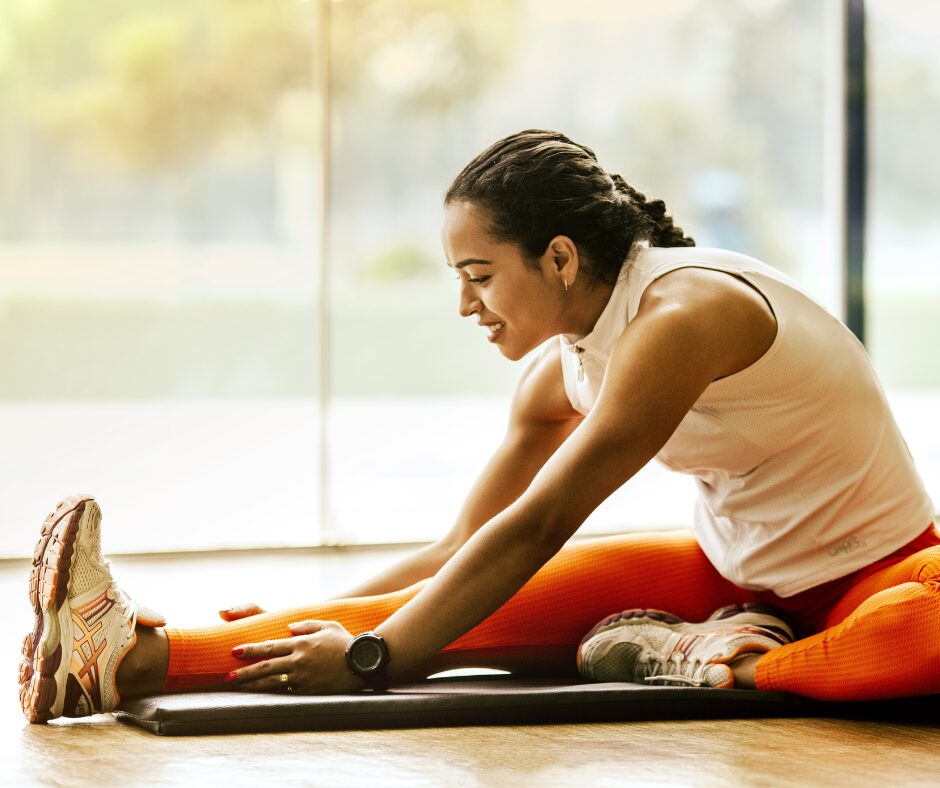Dancers are athletes in every sense of the word. From long rehearsals to high-impact performances, dance demands a lot from the body—and without proper rest and recovery, it’s easy to burn out or get injured. While training and technique are crucial, so is the time spent off the floor. Prioritizing rest, quality sleep, and active recovery allows dancers to stay strong, flexible, and injury-free. In this post, we’ll explore the essential rest and recovery habits every dancer should adopt, along with practical tips to improve sleep, stretching, and self-care.
Why Rest Is Just as Important as Rehearsal
Rest is often overlooked in a dancer’s schedule, but it plays a vital role in physical and mental performance. When dancers rest, muscles repair, energy stores are replenished, and the nervous system recharges. Without adequate downtime, dancers may experience fatigue, decreased flexibility, and a greater risk of overuse injuries like tendinitis and stress fractures.
More importantly, rest supports cognitive function. Memory consolidation and motor skill learning improve when dancers get enough sleep, meaning choreography and timing are more easily retained. Incorporating strategic rest doesn’t mean slacking—it means training smarter.
Sleep: The Ultimate Performance Enhancer
Sleep is the foundation of recovery. It’s during deep sleep that the body releases growth hormone, repairs tissue, and recharges energy levels. Dancers should aim for 7–9 hours of uninterrupted sleep each night. Here are some simple tips to improve sleep quality:
Sleep Tips for Dancers:
- Stick to a consistent sleep schedule, even on weekends.
- Limit screen time at least an hour before bed to reduce blue light exposure.
- Keep your bedroom cool, dark, and quiet to encourage deeper sleep.
- Avoid caffeine in the afternoon and evening.
- Practice calming bedtime routines like gentle stretching or journaling to wind down.
If you’re performing or training intensively, consider adding short naps (15–30 minutes) during the day to boost recovery.
Active Recovery Days: Stay Moving, Gently
Taking a day off doesn’t mean doing nothing. Active recovery includes low-intensity movement that keeps the blood flowing and helps flush out toxins from sore muscles. It’s less demanding than full training but still beneficial for the body.
Active Recovery Ideas:
- Yoga or gentle Pilates to stretch and stabilize.
- A light walk or swim to promote circulation without strain.
- Balance and mobility work, focusing on smaller stabilizing muscles.
- Breathwork and mindfulness practices to reduce stress and aid mental clarity.
By including active recovery 1–2 times per week, dancers allow the body to heal while staying connected to movement.
Foam Rolling: A Dancer’s Best Friend
Self-myofascial release using a foam roller can be a game-changer for sore, tight muscles. It helps break up adhesions in the fascia (the connective tissue around muscles), improves flexibility, and reduces post-rehearsal stiffness.
Foam Rolling Routine for Dancers:
- Calves: Roll from ankle to knee, pausing on tender spots.
- Quads and hip flexors: Lie face down and roll from the top of the hip to the knee.
- IT band: Roll the side of your thigh gently; avoid spending too long on painful areas.
- Glutes: Sit on the roller and lean into one side at a time.
- Upper back: Lay with the roller at shoulder height and roll slowly up and down.
Aim for 5–10 minutes of foam rolling daily, especially after rehearsals or intense classes.
Stretching: A Key Part of Recovery
Stretching after dancing isn’t just about improving flexibility—it helps relax the muscles, reduce soreness, and prepare the body for rest. Incorporate static stretching at the end of each session and dynamic stretches at the beginning of class.
Post-Dance Static Stretches:
- Hamstring stretch: Sit with legs extended and reach forward.
- Figure-four stretch: Lie on your back and cross one ankle over the opposite thigh.
- Butterfly stretch: Sit with soles of feet together and gently press knees toward the floor.
- Neck and shoulder rolls: Release tension built up from performance posture.
Hold each stretch for 20–30 seconds without bouncing, and remember to breathe deeply.
Listen to Your Body
Above all, dancers need to tune into what their bodies are telling them. Persistent fatigue, aching joints, or mood changes could be signs you’re pushing too hard. Rest and recovery are not a weakness—they are a secret weapon for longevity in dance.
Build recovery time into your weekly routine, treat it as seriously as your technique training, and you’ll dance stronger, longer, and with more joy.
Ready to strengthen your dance journey? Prioritize recovery just as much as practice, and your body—and performance—will thank you.
Call us at (480) 771-5959 or stop by Fred Astaire Dance Studio in Cave Creek studio to book your introductory workshops today.

